Twisted Pair Cables Explained: Everything You Need to Know
Table of content
Introduction:
Twisted pair cable impact many parts of telecommunications to send information. This cable is essential in transmitting voice and data through electronic devices. This cable is common in home phone lines, internet setups, and other network equipment. It consists of two copper wires twisted together. Its design helps to reduce crosstalk and guards against electromagnetic interference (EMI). This makes it cheap and convenient to keep communication signals clear in homes and businesses. Their basic design and ease of installation make them common in lots of technologies. This blog clearly explains everything one should need to know regarding twisted pair cables.
What is Twisted Pair Cable?
Twisted pair cable is an essential component of most communication systems. These cables are made up of two insulated copper wires twisted together. This twisting process helps lower the level of interference from both outside sources and from other cables. These twisted cables are used extensively in the world of computer networks and telephone systems. These cables work well for short-distance signal transmitting and are easy to install for people who want to save money. These were traditionally utilized for connecting computers, servers, and modems; it should not encounter any difficulties plugging into a variety of wired routers, switches, and computers that will allow for connections throughout an office.
Types of Twisted Pair Cables:
Below are the two types of twisted pair cable:
Unshielded Twisted Pair Cable (UTP)
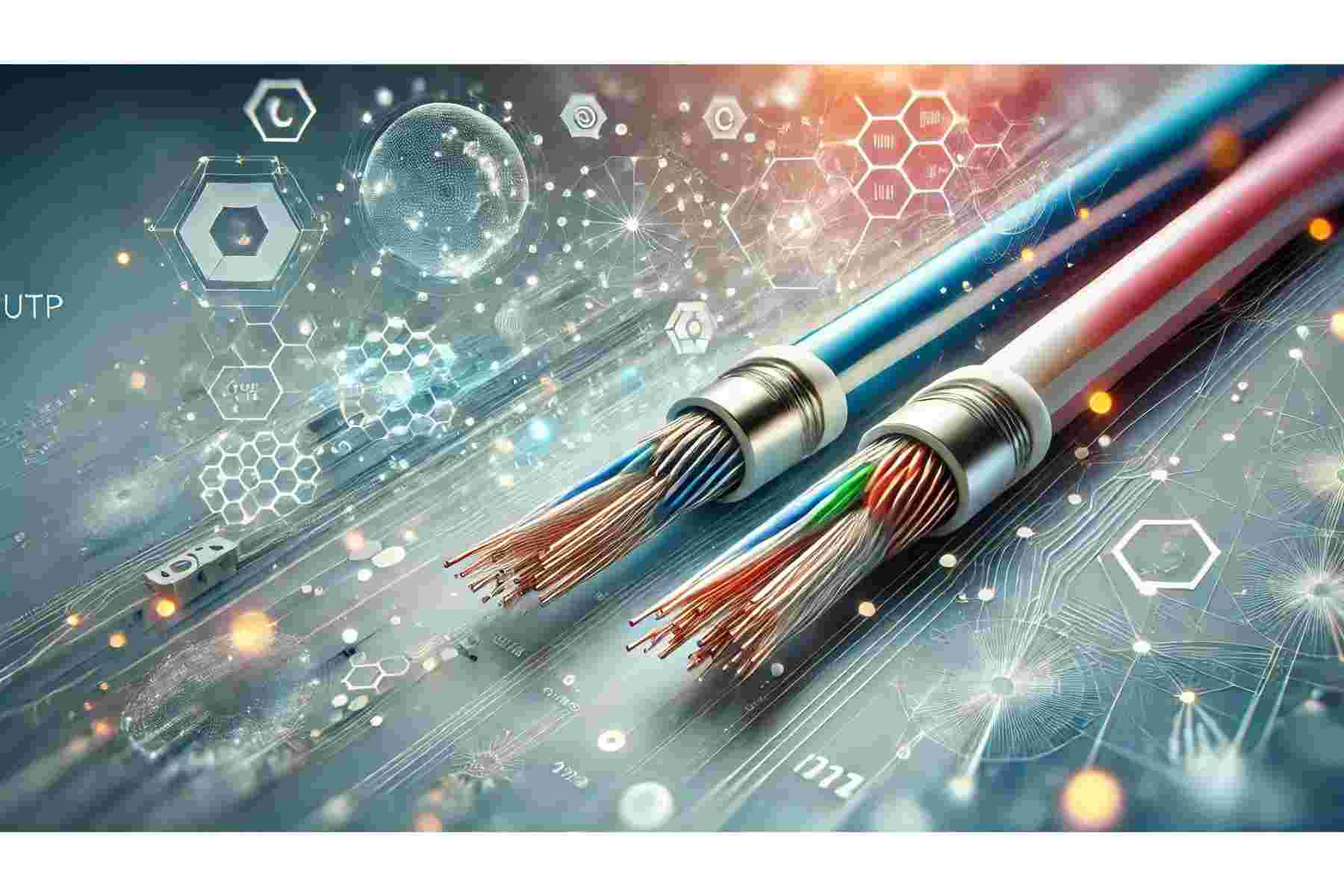
Unshielded Twisted Pair (UTP) cable has several pairs of copper wires that wrap around each other. It is without a braided shield, so it can’t protect against electromagnetic interference. People find UTP cables easy to set up and bend. UTP cabling serves many purposes, such as local area networks (LANs), phone lines, security cameras, and security systems. Inside UTP cables, you’ll find color-coded wire pairs twisted together. Its design helps users spot paired wires. You can buy UTP cable in different categories (like Cat5e, Cat6, and Cat6a). Each type offers unique speeds and performance. As the category number goes up, so do the cable’s speed and performance. UTP cable categories can handle speeds from 1 to 10Gbps. The cost of a UTP cable changes based on its category and features.
Shielded Twisted Pair Cable (STP)
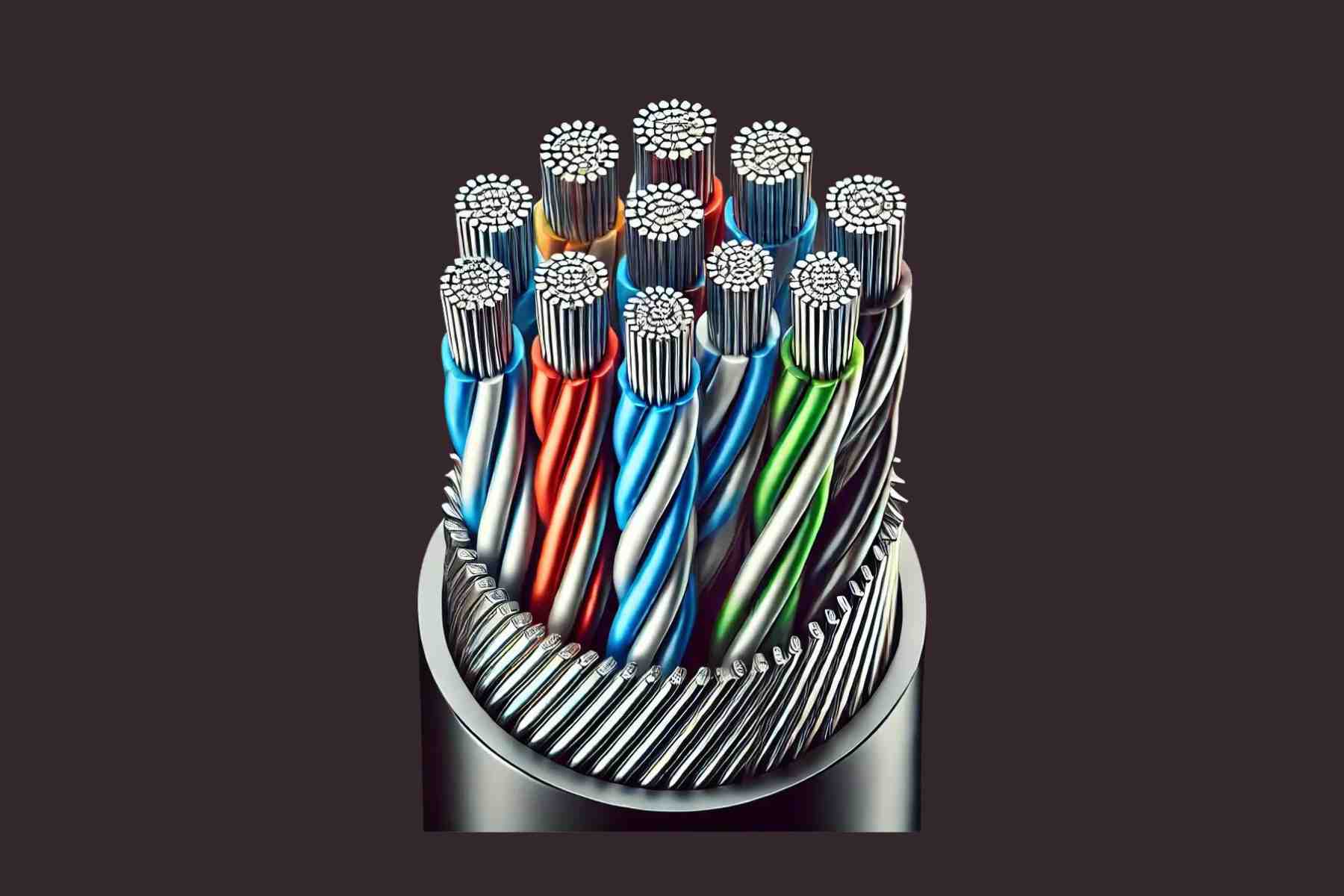
STP cabling consists of twisted pair wires wrapped in metal foil or braiding. This outer layer shields the wires and their data from outside interference. Compared to UTP cabling, STP cables provide some protection and help maintain data integrity in noisy environments. However, there are some disadvantages to STP cabling. It is more expensive, heavier, and harder to manage than UTP cables. The STP cables also require proper grounding for working. Despite these issues, STP cabling can be useful in industrial settings or areas with high electromagnetic interference.
Advantages And Disadvantages of Twisted Pair Cable:
These cables have many advantages and some disadvantages that should be considered while choosing them for any communication systems:
|
Advantages |
Disadvantages |
| Support both analog and digital data transmission, offering versatility for various applications. | Signal quality can degrade over long distances, impacting the clarity of transmission. |
| Easy to install and repair due to their flexible and lightweight design. | Experience attenuation, meaning signal strength weakens as the distance increases. |
| Cost-effective solution for short-distance connections, ideal for home and office networks. | Have bandwidth limitations, restricting data transfer speeds compared to fiber optics. |
| Twisted design reduces interference from electrical devices, ensuring clear transmission. | Prone to security vulnerabilities, as they can be easily tapped if not properly secured. |
| Widely available and compatible with many devices and systems. | Require regular maintenance to ensure best performance as cables can degrade over time. |
What are the Uses of Twisted Pair Cables?
A twisted pair cable is important in the case of communication and networks because of its unique design, which provides lower electromagnetic interference and keeps the information very clear and reliable. These cables are important in Ethernet connections and local area networks/connection (LAN), as they are identified to create a stable method to interconnect devices and computers. They are important in enabling the functioning of a traditional telephone, as the cable is necessary to vary the voice data clearly and cause little interference. Apart from these, these cables are used for security cameras to transfer video signals clearly and without any disturbance.
Also Read: Router Switch and Networking: Everything You Should Know About
Why Choose Twisted Pair Cable for Networking?
The primary choice for networks is the twisted pair cable. The twisted pair is the least expensive option when we compare it to coaxial and fiber optics. The twisted pair has the advantage, particularly over shorter distances. Home or office networks will most likely be cost-sensitive, so this is the wire of choice. Also, a twisted pair cable can be bent and is easy to work with, making it versatile for many different applications. The adaptability and ease of use of these cables make them a great choice for all sorts of setups, from home networks to big company systems.
How to Install Twisted Pair Cables?
These cables can be installed, but some know-how and proper equipment are needed. Here is how to install them:
- You will be required to have at your disposal some kind of tools to complete this process. These include a Cable Stripper, connectors like that of the type RJ45, and a network cable.
- Measure out the length of cable you will need and cut it to size.
- Now, you need to strip about an inch off the outer jacket.
- Now, you must align each wire in the correct order, governed by standards. such as T568A or T568B. Once done, you will need to secure them.
- Once the wires are in the faceplate, hold them and use your Crimper to secure the connector to the cable.
- Now, you will need to test the cable position and network connectivity.
Tips for Installation:
- Do not sharply bend the cables in order to preserve the signal quality.
- It is necessary to keep cables away from power lines.
- Label both ends of the cable as one and two for easy identification.
What are the Differences Between UTP and STP Cables?
Unshielded Twisted Pair (UTP) and Shielded Twisted Pair (STP) cables have distinct differences:
Structure
UTP cables are twisted copper wires with no extra shielding. STP cables have additional shielding to eliminate crosstalk.
Functionality
UTP Cables are very light and flexible and are used in environments with low electromagnetic interference. STP cables offer the best shielding from noise, which is good for environments with lots of electrical noise.
Use Cases
UTP cables are the most widely used in homes and offices for simple networking and telephone wiring. STP cables are used in more “noisy” environments such as factories and radio towers.
Pros and Cons
UTP Cables cost less and are easier to work with, but they don’t shield against interference as well as. STP cables deliver much better signal quality in environments with a lot of noise, but they come with a higher price tag and prove trickier to set up.
Conclusion:
This blog post explains the complete significance of twisted pair cables and their application in communication systems. Unshielded twisted pair UTP is for everyday use and shielded twisted pair STP is for areas with high electromagnetic levels. These cables are a common choice because they are cheap and flexible. They are best for use in both residential and commercial areas, as they maintain clear and reliable connections.
We also gave instructions on how to install these cables and tips on avoiding common issues. This blog has covered all the information about setting up a basic home network, from setting up a home network to working in a busy industrial area, selecting the right cable, and how to make the best use of it. If you are interested in learning more about these cables, you can visit Buyrouterswitch for the best information.
Frequently Asked Questions:
Why are wires twisted together in twisted pair cables?
Copper wires get twisted together to cut down on electromagnetic radiation and fight off outside interference. This method helps lower disruption to nearby twisted-pair cables.
What is twisted pair cable used for?
These cables play a role in sending analog voice info and short-range digital data. You’ll find it in phone lines, DSL connections, and local area networks (LANs).
What are the two main types of twisted pair cables?
Unshielded twisted pair (UTP) and shielded twisted pair (STP) are two cable types. STP has an extra aluminum foil layer to insulate it. UTP doesn’t have this added layer.
Which connector is used with unshielded twisted pair (UTP) cable?
The RJ45 plug serves as the main connection point for the twisted pair UTP cable.




 Catalog
Catalog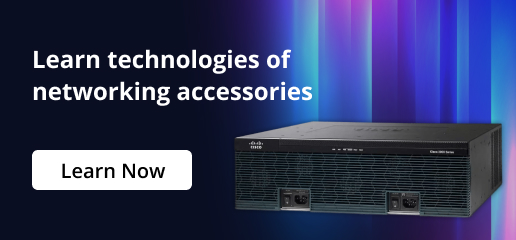

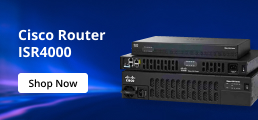
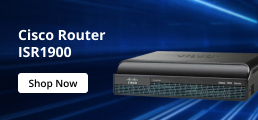
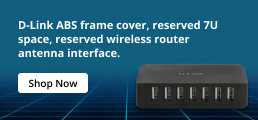
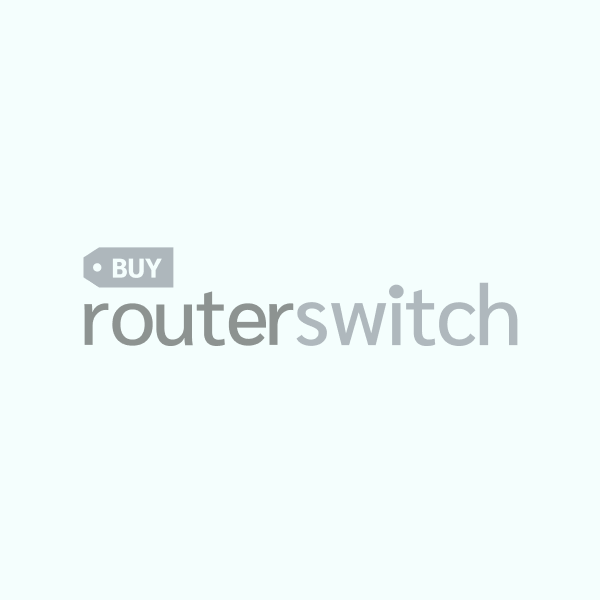
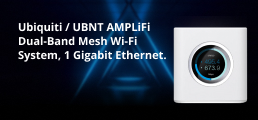

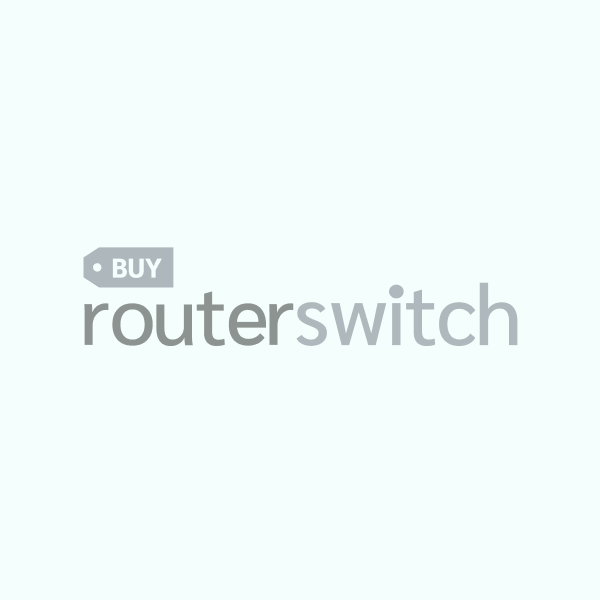
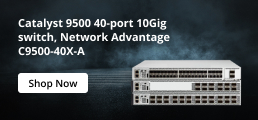
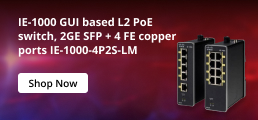
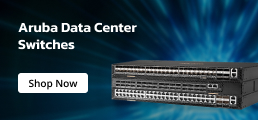
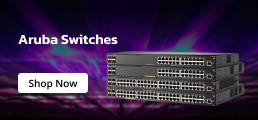

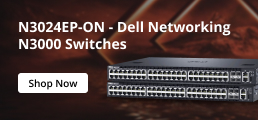
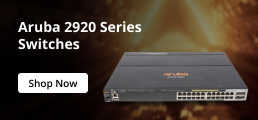

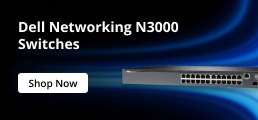





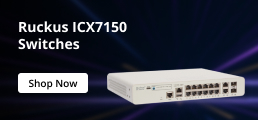
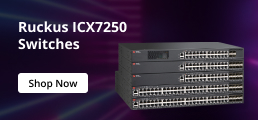

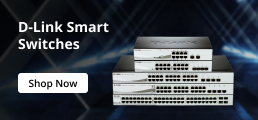
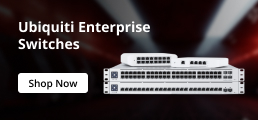

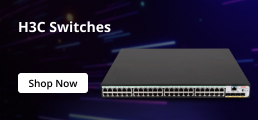
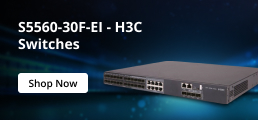


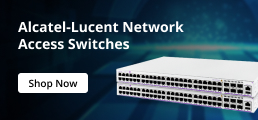














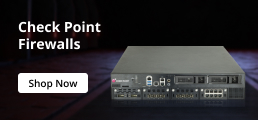
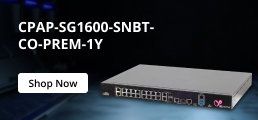

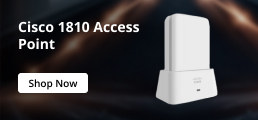








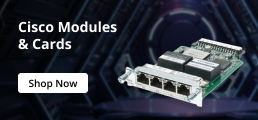
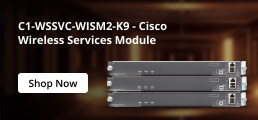










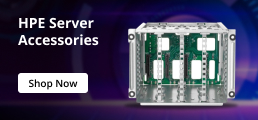





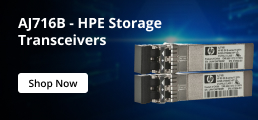










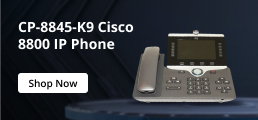
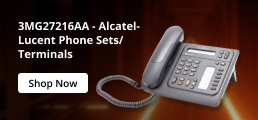
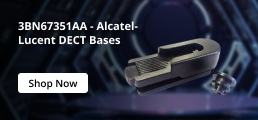


















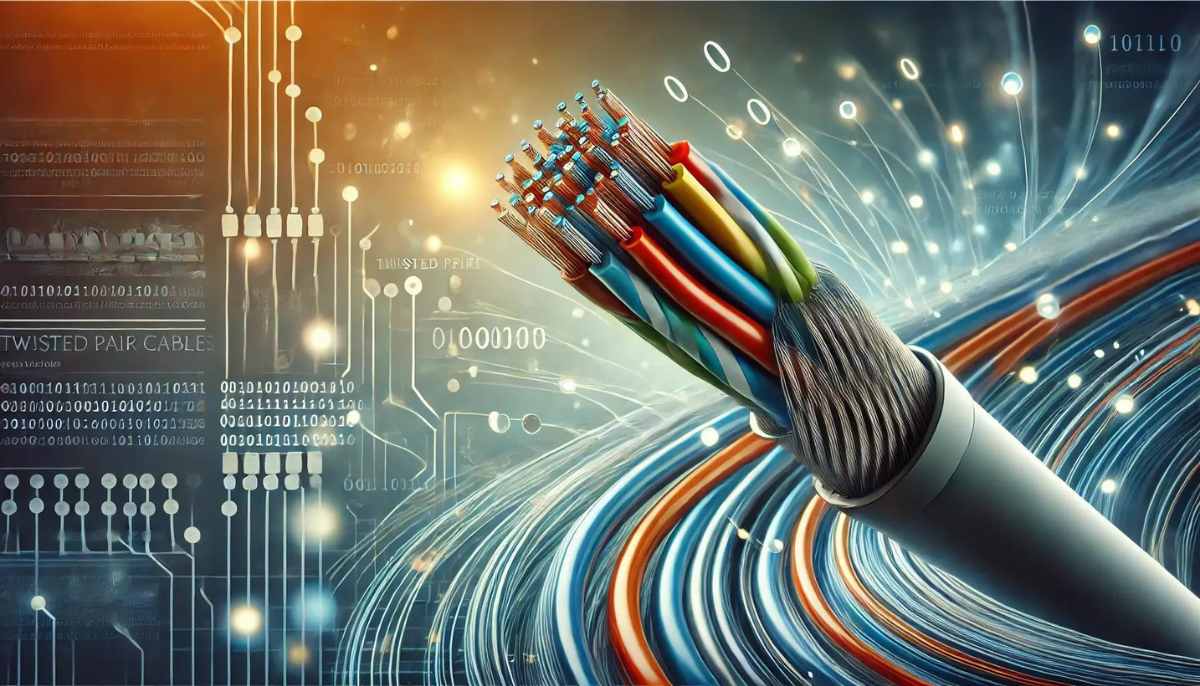
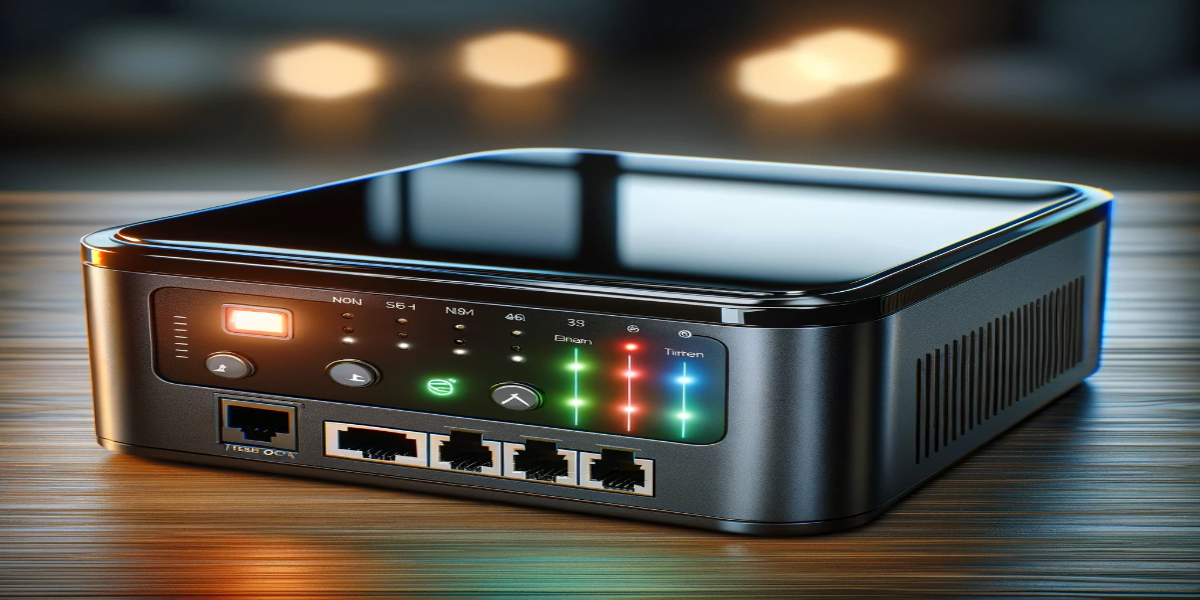
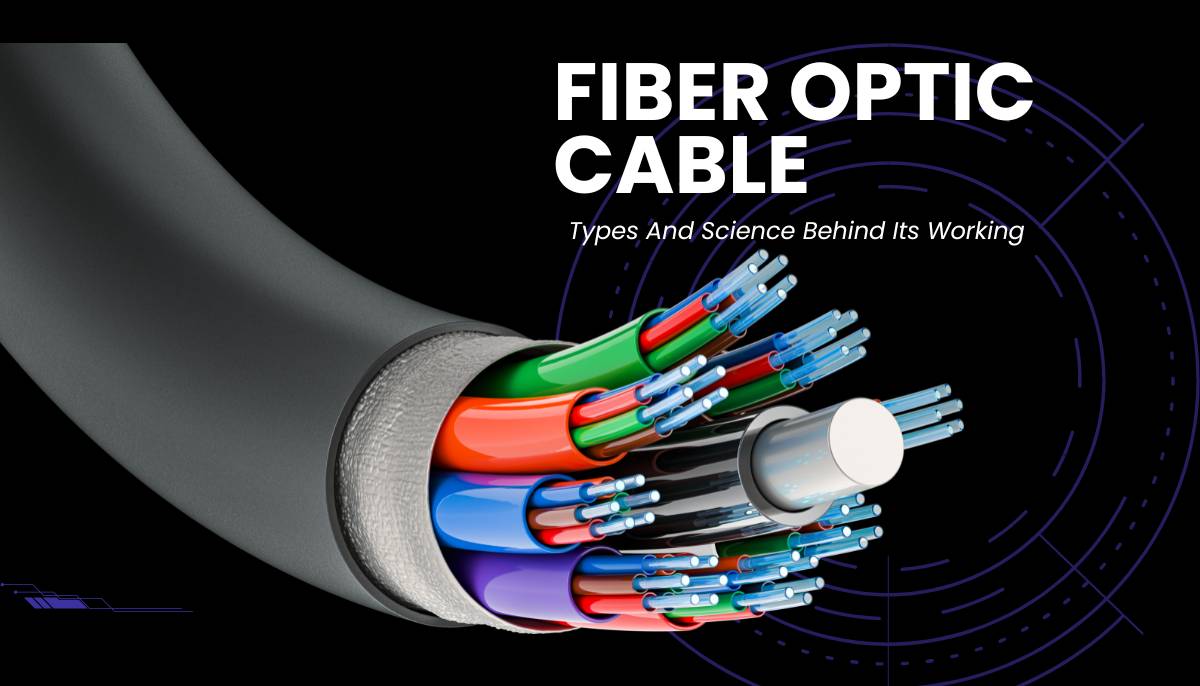





 (800) 870-9487
(800) 870-9487